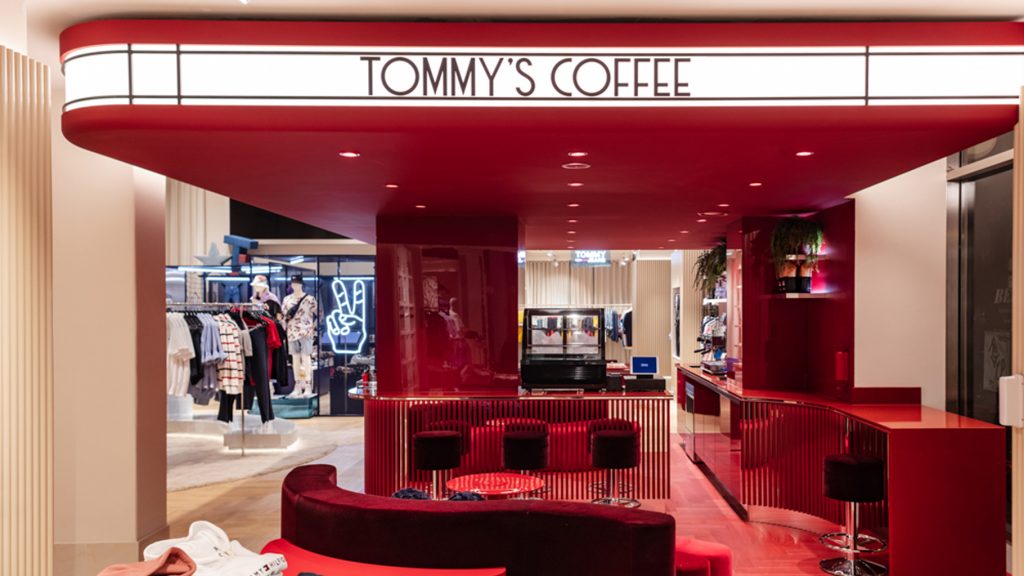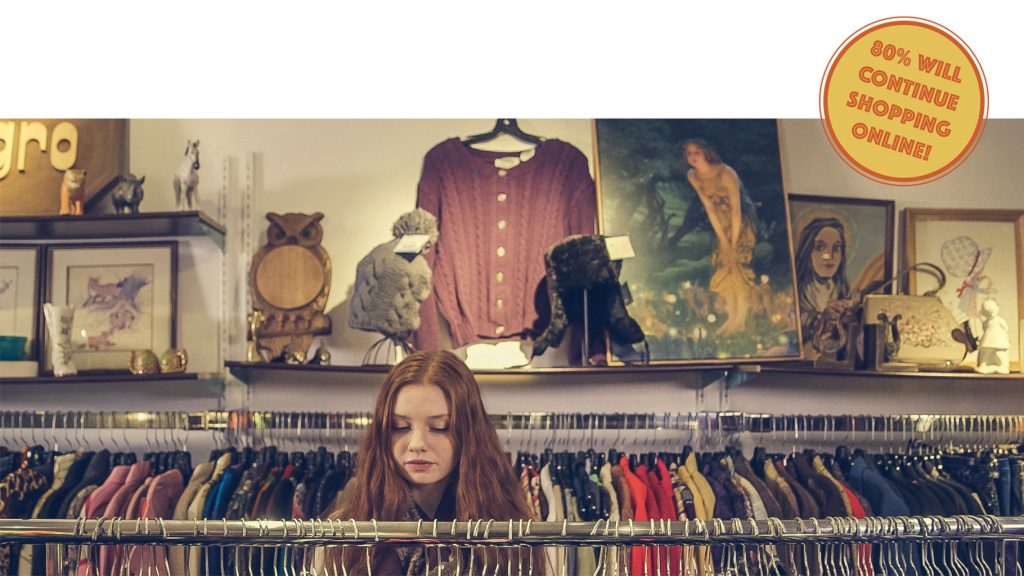PICKING A CAUSE
For starters, self-reflection and internalisation has been amplified during the pandemic. People have begun to redefine themselves, evaluating their fundamental values and life choices. As they emerge, they continue to flex their augmented identities online whilst also engaging in the ‘real world’ through common aims. In addition to realising personal goals, the media coverage of social issues has seen the number of subscribers and activists of ‘good causes’ swell.
In a global study, 91% of consumers said they were likely to switch to a brand that supports a good cause, given similar price and quality. 92% said they would buy a product with a social or environmental benefit given the opportunity, and 67% said they had done so in the past 12 months.
Beyond the noise of virtue signalling, people are looking for allies to emotionally support and align themselves with. Evaluation of a brand’s attitude to quality and value is now being applied to its response to a global society. Customers want a genuine commitment to all aspects of a brand’s presence in their lives and will jettison relationships that won’t commit. From Dunelm and the Retail Trust’s RIADA campaign to Nike’s Jordan Brand Wings program, there is a diversity of choice on offer.
Sustainability has also become only one element of customer brand choice. Brand governance, and a 360 degree approach to sourcing, production methods and recycling are all non-negotiables for brands looking to maintain deep-seated loyalty. Inclusivity and diversity offers a world of acceptance and opportunity to engage. Our clients Tommy Hilfiger having their own collection of adaptive fashion, while Adidas has introduced their “Lasting Change Now” policy.
CONNECTION THROUGH DISRUPTION
DOES SIZE MATTER?
Whatever the store size, it’s an opportunity to celebrate moments of engagement
This is where we can truly learn from luxury retail, which has, since its inception, exclusively provided the ‘white glove’ level of service to its clients. Sales staff are, more than ever, advocates of the brand and need to be invested-in to be able to immerse themselves fully in brand, environment, and their reason for being there. Committed to this knowledge and belief, the investment is communicated directly to the customer in a genuine way and forms authentic engagement.
The physical journey starts with the storefront, traditionally analogue and criminally under- used. The potential for service windows, pick-up lockers or content-based showrooming is enormous. Content can be personalised through touch, AI or NFC and can use scale and relevance to wow and drive those snappable moments that support online interaction and multiple channels, even before entering the shop. This can engage all the senses and drive the decision to enter from the street in a way that scrolling or mannequins never can.
The reduction of stock-holding resulting from more sophisticated fulfilment allows for smaller stores. This encourages a more personalised or specialist service – perhaps an opportunity to develop appointment based shopping to deliver the ultimate personalised experience – including fully programmed and personalised sensory theatre that is derived from data profiling from online sources and choice-shared customer data.
THE MEDIUM IS THE MESSAGE
Aside from levels of human service, how can physical spaces continue to engage? Agility and adaptation are the key, with cues from pre-covid trends.
Chief amongst these is the homogenisation of offers according to experience. Dwell spaces such as coffee or refreshment points are still valid as gathering spaces within apparel stores – Tommy Hilfiger’s German coffee shops on store premises offer some striking interiors that are anything but ‘flat-white’.
In-store cinemas or entertainment hubs extend the physical audience beyond the common demographic and bring depth and diversity to the brand experience. Traditional store functions need further disruption. With the correct technology, cash desks are defunct as a physical operation, whereas clear ‘hubs’ for human interactions never will be.
As this single point of service becomes assimilated into the overarching store experience, we need to consider its relationship to other functions such as the changing rooms. A subtle shift of perception may be considered. Perhaps the changing room becomes the ‘Dressing Room’ – a place to emerge from, having already purchased, primped, and preened, beginning your reinvention from the moment you step out into the space – becoming an intimate part of the retail theatre itself.
Flexible and agile spaces allow for experimentation. They allow brands to TRY, knowing that human experience can result in success or failure; but always garners respect and that positively engaging with customers can lead to better things.
Showrooming allows brands to service the most niche of their customers – but widens genuine experience in the process.
R.E.S.P.E.C.T….FIND OUT WHAT IT MEANS…
Alongside a personal re-evaluation of a work/life balance, potential customers have come to treasure their time and make careful choices about how they want to use it. The workforce is increasingly rejecting overtime in favour of quality-time, so brands must work harder to bring value to their experience and deliver compelling take-aways, to support long-term relationships.
Effectiveness of brand communication is one consideration in optimising this precious resource, and in-store the use of multiple channels is the means to achieve it. Rather than being a static wayfinding device, internal messaging needs to be able to respond instantly to the changing needs and expectations of the customer. In everything from recommendations, promotions, and personalisation, right through to behavioural expectation in this era of increased hygiene, brand communication needs to bring seamless, reassurance and ease in delivery. With this, the customer can focus on their key-decision making in-store and have the experience reflected on-line.
OLD HABITS…
During the pandemic, our increased adaptation to online connectivity and developing technologies, combined with our self-discovery to perpetuate our ‘analogue nostalgia’ – the same nostalgia that saw increasing vinyl sales, home-baking and home- making in the last few years. Distracted from our work-life “hamster-wheels”, we’ve rekindled a sense of adventure and with it, acceptance of the new and different.
A survey of 22,000 participants found that almost every single one has headed to a physical store after the pandemic, even if 80% said they would continue to shop online. Customers are carrying-on their search for this fusion post-pandemic, so it is the responsibility of brands to engage with this joy and realise the best of both worlds in their brand approach.
SMOKE & MIRRORS
We as humans crave a manageable level of tension, and we power it through self-discovery and rekindling our sense of adventure.
We talk about frictionless processes and seamless experiences. Technology supports this, but should do so invisibly, as the seatbelts on our retail rollercoaster ride. The other way technology will succeed and throw off its smoke-and-mirrors reputation is by enhancing the other senses within the physical experience, creating theatre and suspense and enabling fulfilment far beyond it.
FUTURE NORMAL
If brands can listen and innovate, customers will respond with open eyes and hearts.
As sad as it is to see familiar long-established brands disappearing, it is human nature that all eyes are on the voids they leave, and the anticipation of the next big thing. The power and impact of ‘the different’ should not be underestimated, neither should the opportunity to evolve and improve.
Humans adapt organically, brands need to be cultivated to evolve. They provide food for the soul; experiences to make us rich, but not at a cost to the planet.
Whether through a surprise charity-shop find, a personalised big-ticket item or an in-store performance, the joy of discovery borne out of variety and physical human interaction will continue to fuel our imaginations and the direction of travel for brands post-covid for many years to come…




